Last year was quite the rollercoaster. As 2023 kicks off, what will the biggest developments and trends will be? Here is a look at some of those.
The financial market has taken a beating over the past year, and everyone is back into a situation of survival. The effects of this are already being felt across the FinTech sector. Countless research reports in 2022 highlighted the dip in funding, such as, UK investment dropping by $9.6bn in H1 2022 or total global FinTech funding reducing by 30%.
Both big and small companies were impacted by the challenging market conditions. For example, BNPL giant Klarna saw its valuation drop by 85% to hit $6.7bn. It blamed this on the “worst set of circumstances to afflict stock markets since World War II.”
2023 has already seen its first casualty. Earlier this week, German neobank Ruuky filed for insolvency after it was unable to overcome market dynamics and raise additional funding.
However, it is not all doom and gloom. While 2023 has started in a tough spot, there are still 12 months for things to improve, and several companies are doing better than ever. Just this week, Canadian payments company Nuvei acquired US PayTech company Paya for $1.3bn. While India-based mobile lending app KreditBee secured $100m in funding to support its expansion across South Asia.
The year looks like it could be tough to predict, but here are some trends that will likely take shape during 2023.
WealthTech
At the end of 2022, FinTech Global spoke with WealthTech professionals about what the biggest trends of the past 12 months were. The main four trends of 2022, according to them, were the proliferation of digital assets, the development of hybrid approaches to wealth management, the emergence of new service types and a rise in activity in emerging markets for WealthTech. But 2023 looks like it will have different winners.
Karen Oakland, VP financial services industry marketing at Smart Communications, believes the generational shift in wealth toward the younger investors will push banks and wealth managers to reimagine their client communications. This will result in them continuing their move towards a digital-first, real-time engagement service.
A challenge firms will need to overcome is working out how to attract the attention of the younger generations. Oakland explained that some young people might not want to use the same financial advisors as their parents and are much happier looking for answers on social media. Social media platforms have become a major source of investment advice for younger people. A recent report from Finder claimed that half of investors in the UK are getting their investment advice from social media. The question is, how can financial institutions compete with those online platforms.
Oakland said, “To that end, we’re seeing some movement toward the concept of “conversational banking,” enabling banks to incorporate two-way digital messaging fluidly in a remote client-advisor interaction. As alternative communication channels are emerging and growing over time, banks will continue to explore options to better embrace them, but in a way that is secure and fully compliant with regulatory requirements.”
With the global recession, budgets are going to be under tighter scrutiny. To that, Oakland explained firms will need to do “more with less”. It will also force IT teams to better demonstrate the ROI new technology would have for the firm. Despite this penny pinching, Oakland warned firms from being too tight. “Firms who performed the best in the last downturn were the ones who continued to invest in digital customer experience instead of cutting back.”
The last trend Oakland predicts for 2023 is the growing importance of accessibility. “In 2023 accessibility will continue to grow in importance as a topic of concern,” Oakland said. “Firms will be re-imagining their data-collection processes and outbound communications to meet the needs of clients with disabilities, as well as help the employees who build and manage them. Many companies in Europe are still scrambling to meet the requirements of the EU Directive on the accessibility of websites and mobile applications, with enforcement due to ramp up in 2025.”
Kidbrooke founder and CEO Fredrik Davéus also offered what they see as the biggest trends in WealthTech during 2023.
One of the biggest trends of the year, according to Davéus, will be consolidation. He explained that portfolio management systems and wealth management platforms will continue their consolidation of the advisor and wealth manager tool chain.
Another trend will be the addition of financial planning tools. Davéus added, “Already having integrated functionality such as CRM, Portfolio Management, Trade Execution, Custody etc the time has come to also add cutting-edge financial planning capabilities. The best and fastest way to do this is to partner with existing providers in this space. However, the winners will be building deep integrations using API-only solutions rather than offering solutions through app stores and the like.
“The benefits are that they will be able to provide a better, more integrated user experience and will be able to capture a larger share of the total advisor tooling revenue available in the market.”
Overall, Davéus is very optimistic about WealthTech in 2023. He said, “Not the least since the partner trend is very strong at the moment where we as an API-only provider of financial planning technology is superbly positioned to capture these interesting developments.”
ESG FinTech
An area of FinTech that has seen a lot of excitement and growth over the past couple of years is ESG. With climate change and societal challenges becoming a top priority for governments and businesses alike, it has allowed for many ESG FinTech companies to prosper.
Position Green product manager Erik Bernstrup said, “A lot is happening in the ESG space at the moment. Looking into the coming year we see a big interest in support for reporting ESG data aligned towards ESRS/CSRD [European Union Sustainability Reporting Standards/ Corporate Sustainability Reporting Directive].
“Further, we see more firms committing to SBTi [Science Based Targets initiative] to present and track their commitments to reduce emissions within their value chains. New regulations for HRDD [Human Rights Due Diligence] are just around the corner also pushing firms to assess and work closely with their supply chains.”
Regulations around ESG are becoming a lot more prevalent. As Bernstrup mentioned, more regulations are coming around HRDD, with Japan and Thailand having recently issued the first guidelines. Meanwhile, the UK’s Financial Conduct Authority formed a group to develop a Code of Conduct for ESG data and ratings. The European Banking Authority also published its roadmap outlining its objectives and timeline for delivering mandates and tasks in sustainable finance and ESG risks.
Despite only being a week into the year, it looks like ESG will remain a major priority. Evidence of this comes from Hong Kong’s government which just raised $5.75bn in a green bond issuance. Another major development in Asia came in Singapore, which has just named its first ever government chief sustainability officer.
While the market has a lot of potential in the year, it is not without challenges. Bernstrup said, “More rigorous commitments around SBTi pushes ESG tech providers to continuously improve reporting methods around, for example, the GHG protocol and to get more accurate emission factor sources. But also, to make sure that tech solutions support firms reporting toward the upcoming EU regulations around the corner.”
He added that while the ESG space has developed rapidly, as more emphasis is placed on ESG performance, firms will need to ensure they have good expertise on the subject.
One question that has caused fear ripples across the ESG sector is whether budgets will shrink for these projects during a recession. Last year, KPMG surveyed 1,300 CEOs on their thoughts of the current economic landscape. Of the respondents, it found that 50% of CEOs are pausing or reconsidering their existing or planned ESG efforts over the next six months, and while 34% have already done so.
But Bernstrup is not worried about a dip in attention. He said, “There is always a risk in tough periods on the financial markets. However, firms in Europe are no longer in a position to simply move away from ESG due to the coming regulations.”
When asked about how optimistic Bernstrup was for ESG FinTech in 2023, he concluded, “We are very optimistic about the coming year and have invested in new tech and product solutions. To better support our customers, Position Green has transformed into a full-service ESG provider, with Platform, Advisory, Academy and an Assurance pillar in place. Supporting investors and firms with ESG expertise, and a data-driven approach to transform and accelerate their ESG journey.”
Copyright © 2023 FinTech Global
This was originally posted on FinTech Global


